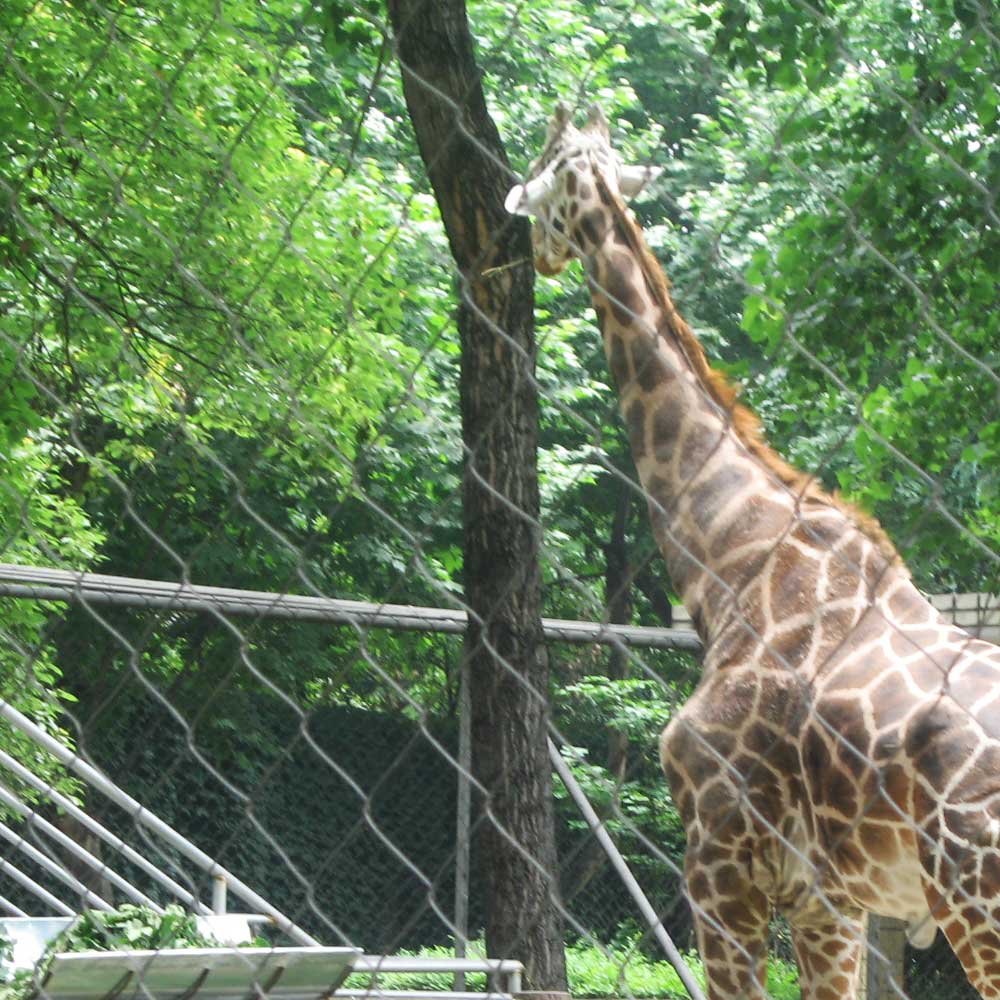Zoo fences are more than mere barriers. They play a crucial role in the welfare of animals and the safety of visitors.

These structures, often overlooked, are carefully designed to meet the specific needs of different animal species. They are a blend of science, art, and ethics, ensuring the well-being of the animals while providing an immersive experience for visitors.
In this article, we delve into the world of zoo fences. We explore their design, the materials used, and the regulations that govern their construction. Join us as we uncover how these structures contribute to animal protection and conservation efforts.
The Essential Role of Zoo Fences in Animal Welfare
Zoo fences serve a dual purpose. They ensure the safety of visitors while also protecting the animals they enclose.
Each fence is designed with the specific needs and behaviors of the animals in mind. This ensures that the animals have a safe and comfortable environment that mimics their natural habitats.
Moreover, these fences are critical in preventing the spread of diseases between animal enclosures. They also allow for the necessary monitoring and interaction for animal care and veterinary services.
Lastly, zoo fences play a significant role in conservation efforts. They provide a safe haven for endangered species, contributing to their survival and propagation.
Design Considerations for Zoo Enclosures
The design of zoo fences is a complex process. It involves collaboration between architects, zoologists, and animal behaviorists.
The height and strength of the fences are determined by the potential threat level of the animals they contain. For instance, fences for large or dangerous animals are typically taller and stronger.
In addition, the fences must be resilient to weather conditions and potential damage from the animals. Regular maintenance is essential to prevent escapes and injuries.
Lastly, the fences must be adaptable to changing animal populations and exhibit renovations. This ensures their long-term functionality and relevance.
Species-Specific Requirements
Each animal species has unique needs and behaviors. These must be considered when designing their enclosures.
For example, some animals are climbers. For these species, the fences must be designed to be climb-resistant to deter them from scaling.
On the other hand, some animals are known to dig. In such cases, the fences must extend underground to prevent the animals from digging their way out.
Material Selection and Safety
The materials used for zoo fences range from traditional wood and metal to modern composites and glass. The choice of material depends on the specific requirements of the animals and the aesthetic considerations of the zoo.
Transparent fencing materials, such as tempered glass, allow for unobstructed viewing. This enhances the visitor experience while ensuring safety.
Moreover, the use of non-toxic, environmentally friendly materials is increasingly important. This aligns with the sustainability goals of many zoos and contributes to the overall well-being of the animals.
Regulatory Compliance and Ethical Standards
Zoo fences must comply with local and international regulations. These rules pertain to animal welfare and public safety.
Ethical considerations of animal confinement are also addressed in the design of zoo fences. The aim is to reduce stress and promote natural behavior among the animals.
Moreover, zoo fences play a role in conservation efforts. They protect endangered species in captivity, contributing to their survival and propagation.
Innovations in Zoo Fence Design
Innovative design approaches are transforming the concept of zoo fences. One such innovation is the use of natural barriers and moats as part of the enclosure.
This approach not only enhances the aesthetic appeal but also contributes to creating microhabitats. These habitats mimic the natural environments of the animals, promoting their well-being.
Integrating Natural Barriers
Natural barriers, such as water bodies or rocky outcrops, can serve as effective fences. They can deter animals from crossing boundaries while maintaining a natural look.
Moreover, these barriers can be integrated seamlessly into the landscape design. This integration enhances the immersive experience for visitors.
Smart Technologies for Enhanced Monitoring
The future of zoo fences may include smart technologies. These technologies can provide enhanced monitoring and interactive educational experiences.
For instance, fences can be equipped with surveillance cameras and motion sensors. These devices can help in monitoring animal behavior and ensuring their safety.
Maintaining the Balance: Aesthetics, Functionality, and Sustainability
The design of zoo fences must strike a balance between aesthetics, functionality, and sustainability. Aesthetically pleasing fences enhance the visitor experience, but they must also serve their primary function of ensuring safety.
The use of non-toxic, environmentally friendly materials is increasingly important. Innovative zoo fences can contribute to the overall sustainability goals of the zoo.
Moreover, the adaptability of zoo fences to changing animal populations and exhibit renovations is a key consideration. This adaptability ensures the long-term viability of the zoo.
Conclusion: The Future of Zoo Fences
The future of zoo fences may include smart technologies for enhanced monitoring and interactive educational experiences.


